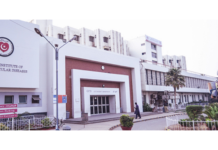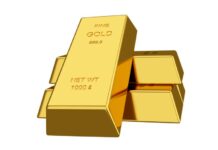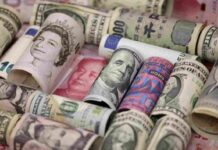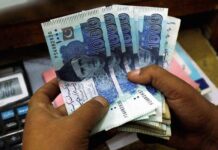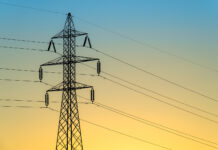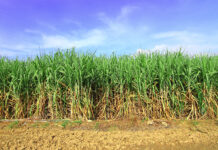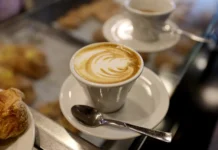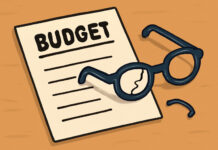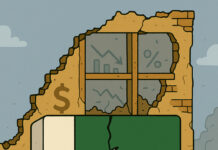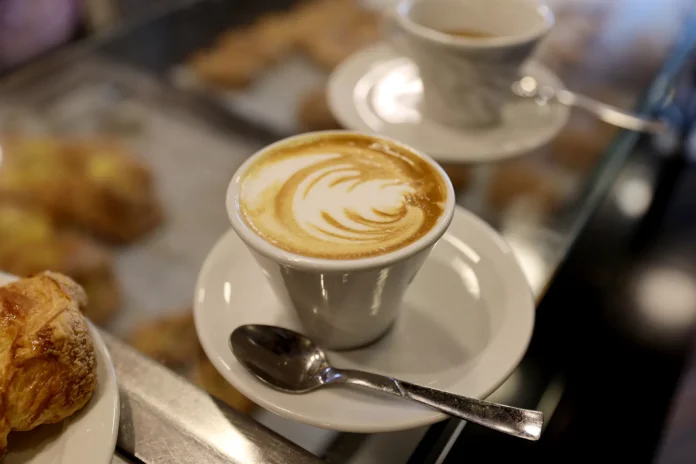This is the story of two drugs: caffeine, and sugar. Pakistanis consume both, but the proportions in which we consume them – and the reasons for doing so – are shifting, and they are shifting because of the changing nature of the what Pakistanis do for a living.
This is the story of the journey from doodh patti to black coffee.
We should also confess to something: our headline is premature. Coffee in Pakistan is still a very niche phenomenon. How niche? For every cup of coffee consumed in Pakistan, we consume 735 cups of tea, based on Profit’s analysis of data from the Pakistan Bureau of Statistics on the country’s imports of both commodities for the year 2024, the latest year for which complete figures are available.
But in markets, while size matters, sometimes momentum can matter more, and the consumption of coffee is rising sharply. Just ten years ago, in 2014, the difference was 1,900 cups of tea for every cup of coffee, and in 2004, the difference was even more massive: almost 14,000 cups of tea for every cup of coffee.
From a very, very low base, coffee is clearly gaining share. The content in this publication is expensive to produce. But unlike other journalistic outfits, business publications have to cover the very organizations that directly give them advertisements. Hence, this large source of revenue, which is the lifeblood of other media houses, is severely compromised on account of Profit’s no-compromise policy when it comes to our reporting. No wonder, Profit has lost multiple ad deals, worth tens of millions of rupees, due to stories that held big businesses to account. Hence, for our work to continue unfettered, it must be supported by discerning readers who know the value of quality business journalism, not just for the economy but for the society as a whole.To read the full article, subscribe and support independent business journalism in Pakistan



